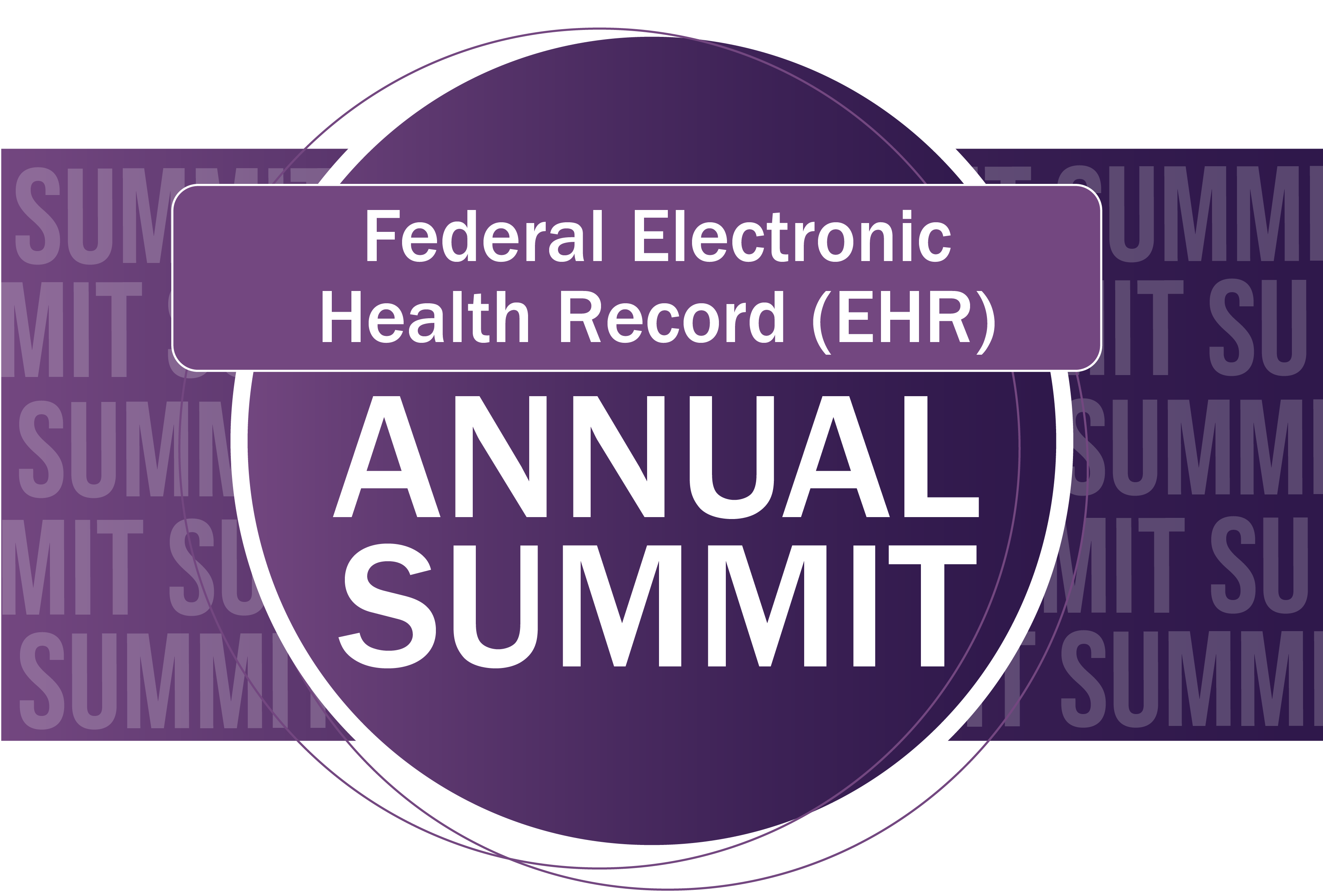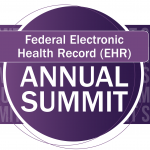Every so often, a new hospital puts out a press release boasting about its Stage 7 EMRAM designation, and the industry applauds what is undoubtedly a difficult and significant achievement. The EMR Adoption Model (EMRAM) score, calculated by HIMSS Analytics, is the gold standard by which hospitals and health system calculate their progress towards the paperless future. But despite EHR adoption rate hovering around 80% for hospitals, and a widespread recognition that health IT is critical to the future of healthcare, roughly one quarter of facilities have failed to advance by a single stage in the past five years, while 4% remain at Stage 0.
The news isn’t entirely bad for hospitals. HIMSS Analytics examined data for 4811 organizations participating in the EMRAM system, and found that the majority were steadily progressing towards Stage 7, which requires implementation of a complete EHR system, health information exchange capabilities, use of CPOE and clinical decision support (CDS), among other health IT achievements. Nearly three quarters of hospitals have advanced at least one stage since 2008, and 20% have jumped four or more stages in the past half-decade.
“What we found most interesting was that almost half of those organizations showing some advancement reflected a fairly progressive adoption posture advancing by two or three stages during this period,” says Lorren Pettit, MBA, Vice President of Market Research for HIMSS Analytics about the findings. “Hospitals by and large have made great strides in advancing their EMR capabilities, yet there is a sizeable segment of the market that seems to be ‘stuck’ in their EMR progression and is at risk of being left behind by the rest of the herd.”
But why have so many hospitals been stuck in neutral? The answer may be as simple as you’d expect. A lack of budget for investing in more robust IT infrastructure is almost always a culprit. And hospitals really only need to be at Stage 4 in order to meet the basic requirements for Stage 1 of the EHR Incentive Programs. Health information technology can be cripplingly expensive, and going above and beyond is not always easy for hospitals that may have just scraped by their meaningful use attestations, especially if they are critical access hospitals (CAHs) with tighter margins and fewer advantages than the 2.1% of Stage 7 superstars.
However, being static at Stage 4 or 5 isn’t necessarily an irredeemable sin. While five years without significant upgrades is a long time in the IT world, hospitals humming along with closed-loop medication administration, a capable EHR system, HIE capabilities and ancillary connections are far ahead of many physician offices, and are likely seeing a reduction of medication errors and an increase in operational efficiencies at that level of health IT adoption.
The goal may be Stage 7, but that doesn’t mean that getting half way is anything to sneer at. Hospitals that have been unable to advance further will continue to need the support of the industry to keep them moving up the ladder. “There is much to celebrate about health IT during the last five years,” Pettit says. “Efforts need to be taken now to address their needs and challenges to ensure these ‘at-risk’ hospitals survive for the next five years.”
































